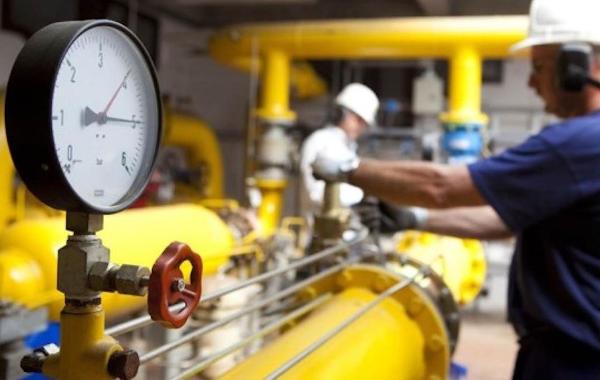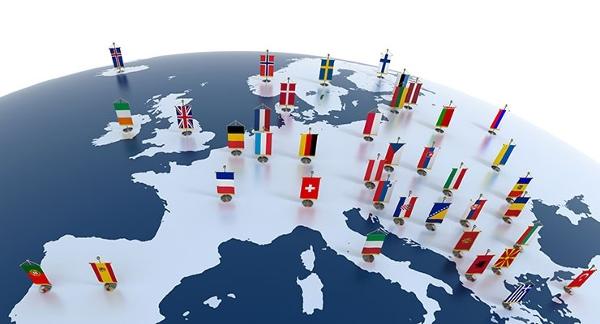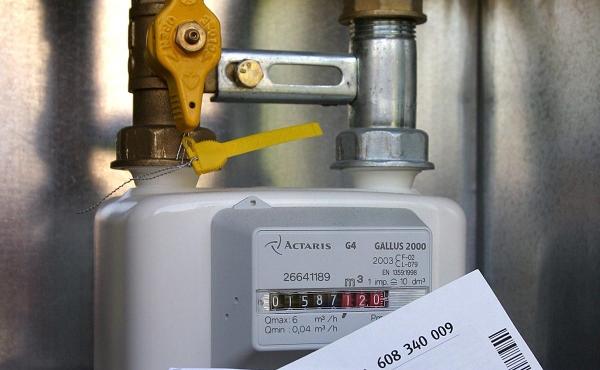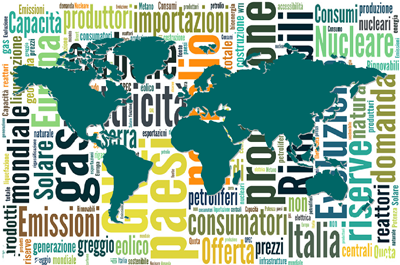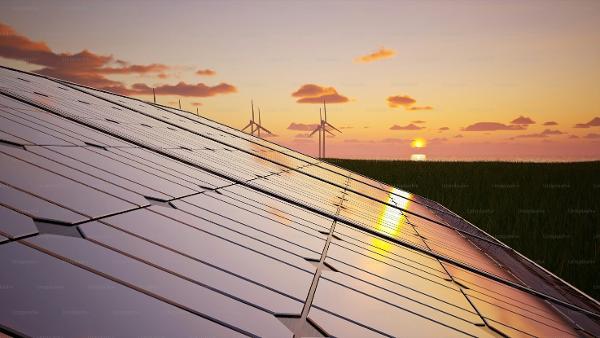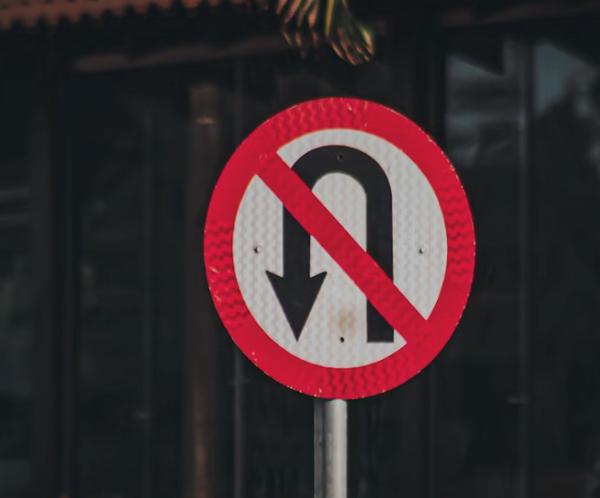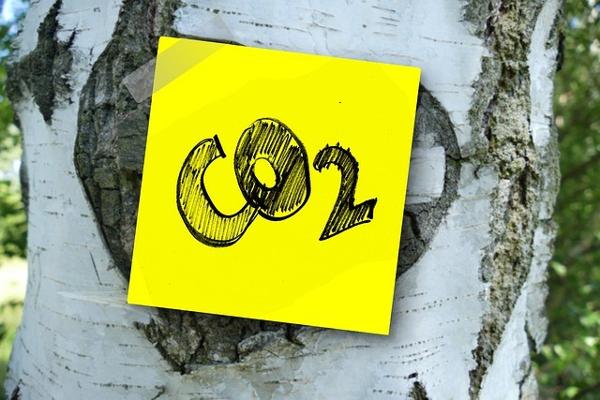È ormai riconosciuto che le infrastrutture di trasporto di gas sono necessarie a supportare la transizione energetica; un processo che si protrarrà per alcuni decenni. La Direttiva 2021/0425 (COD) “on common rules for the internal markets in renewable and natural gases and in hydrogen” riconosce, infatti, che: “Gaseous fuels will play an important part in the energy mix by 2050, requiring the decarbonisation of the gas sector via a forward-looking design for competitive decarbonised gas markets”.
“If you are planning to enter the market, please send us information on your business model and when you are likely to enter. We don’t want our regulatory framework to get in the way of innovative products or business models unnecessarily. If the licence conditions are a constraint on your business model, please let us know. […] our derogations team can relieve a supplier of its obligation to comply with certain licence conditions if we are satisfied that an exemption is warranted in the circumstances.” (Entering the retail energy market: a guide, Ofgem 2016, p. 3)
La crisi generata dal COVID-19 può avere un impatto significativo sui venditori di energia elettrica o gas, sia dal punto di vista economico che finanziario. Dal punto di vista economico, ad esempio, il crollo dei consumi dei clienti riforniti, combinato con quello dei prezzi all’ingrosso, danneggia i venditori che hanno stabilizzato, con acquisti a termine, il costo di approvvigionamento di volumi che si rivelano di gran lunga superiori a quelli effettivamente forniti ai propri clienti.

